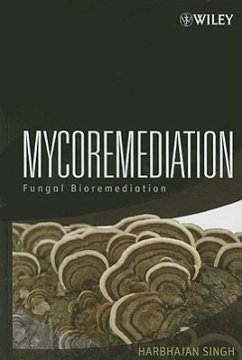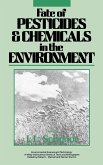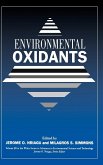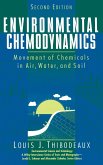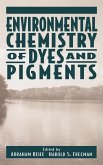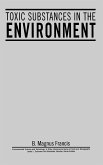Encyclopedic application of the state of the science in mycoremediation This pioneering work, the first encyclopedic examination of the application of fungi in bioremediation, coincides with the rise of a new era in fungal technologies. For the first time, readers have a single, cohesive presentation of the current state of the science that will serve as a springboard for future research and new innovations. All aspects of this multidisciplinary field are covered, including degradative fungi, taxonomy, biochemistry, enzymology, reactor engineering, genetic engineering, and the ecology of biodegradation. Not only does the book provide a solid foundation in the theoretical underpinnings of mycoremediation, but it also features step-by-step guidance for a myriad of effective techniques to identify, select, and apply fungi towards the remediation of contaminated sites. The book has a logical organization that first establishes a foundation in the fundamentals and then moves on to practical applications. Highlights of coverage include: * Introduction to fungal morphology, including analysis of morphology and growth measurement * Fungal treatment of industrial wastewaters and brewery and distillery wastes * Metabolic pathways and mechanisms of mycotransformation of petroleum hydrocarbons, polychlorinated biphenyls and dioxins, pesticides, phenols, polycyclic aromatic hydrocarbons, and dyes * Role of fungal enzymes in the degradation of polychlorinated biphenyls, pesticides, phenols, polycyclic aromatic hydrocarbons, lignin, effluents, and dyes * Applications of living and nonliving fungal biomass in metal biosorption * Use of mycorrhizal fungi in the uptake of toxic metals and degradation of xenobiotic organic compounds Some 2,000 references enable readers to continue researching any individual topic in greater depth. Scientists, engineers, and students in the field of bioremediation should keep this book close at hand for its thorough discussion of what is known, how it is done, and what can be done in the field of mycoremediation.

